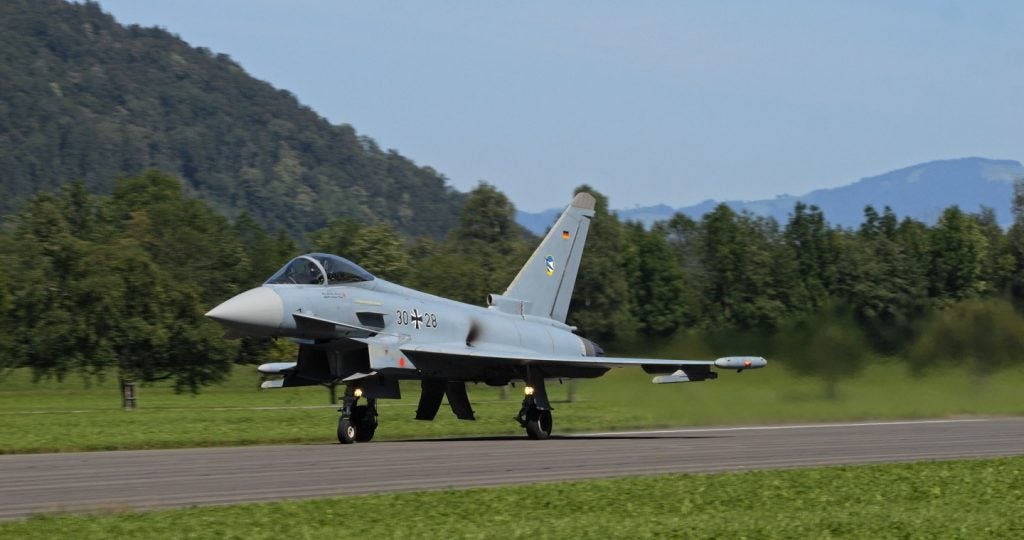
Slovakia Transfers Entire MiG-29 Fulcrum Fighter Jet Fleet to Ukraine
Slovakia’s Ministry of Defence has announced that it has successfully transferred all 13 MiG-29 Fulcrum fighter jets to Ukraine in what Defence Minister Jaroslav Naď described as an ‘important and challenging’ logistics operation.
Naď said: “The transfer of equipment was conducted by road while maintaining the highest levels of security.”
In a previous announcement from Slovak Prime Minister Heger, it was disclosed that the process of handing over the fighter jets would be ‘closely coordinated’ with Poland, Ukraine, and other allies.
The recent delivery of 9 Mig-29 Fulcrum fighter jets serves as a valuable addition to the initial batch of four that were flown to Ukraine by Ukrainian pilots in March 2023.
According to Naď, Slovakia is set to receive approximately $900m in compensation, as part of an agreement that also entails the provision of two Kub anti-aircraft missile systems, a control system, and ammunition to the Ukrainian Armed Forces.
Lockheed Martin has been awarded a contract to supply Slovakia with modern multirole fighters, which will replace the country’s ageing fleet of MiG-29s.
Minister Naď noted that Slovakia’s provision of MiG-29 Fulcrums is a significant demonstration of support for Ukraine in its efforts to defend against Russia’s military aggression and safeguard the lives of its citizens.
Naď emphasised: “Unlike our neighbour, for us, the aircraft were made unusable. It was the right thing to do.”
In a virtual meeting on 17 March, Heger made the first announcement regarding the donation of fighter planes to Ukraine.
During the meeting, General Daniel Zmeko, the Chief of General Staff for the Slovak Republic Armed Forces, confirmed the modern cohort of pilots within the Slovak air force had changed its skill-focus to alternative aircraft, and MiG-29 fighters were no longer necessary for requirements of the Slovak Armed Forces.
Zmeko said: “Over the last years, when we experienced technical problems concerning MiG-29 aircraft lifecycle, even those pilots that we still had, lost most of their pilot handling skills and capabilities.”
The 13 aircraft, which were last modernised in 1996, have reportedly experienced a high failure rate in the past. According to Zemko, the aircraft experienced failures on average every 43 minutes during operation.
The availability of spare parts, components, and ammunition posed yet another critical problem.
Zemko said: “Handing over MiG-29 aircraft will have no adverse impact on the defence capability of the Slovak Republic since we do not use them anymore and we will not use them in future.”
Amidst the ongoing tensions in Europe following the Russian invasion of Ukraine, the Slovak government has pledged to significantly boost its defence spending. Slovakia is currently in the process of acquiring new aircraft and armoured vehicles to ensure that its military remains competitive in today’s modern operating environment.
A small defence sector that specialises mainly in the maintenance and modification of legacy platforms limits the potential for industrial cooperation and mergers or acquisitions in the Slovak defence market. Imports into Slovakia are significantly controlled by the US, either through government-to-government sales or joint programmes, according to a GlobalData Slovakia Defence Market 2022-2027 report.
Slovakia is set to experience a consistent and gradual increase in its defence budget from 2023 to 2027, culminating in a peak of $3.6bn in 2026. According to the GlobalData forecast, spending is expected to reach a peak of $3.8bn in 2027, which is equivalent to approximately 2.8% of the nation’s GDP. This increase in spending is attributed to several planned procurements, including a new fleet of CV90 infantry fighting vehicles and main battle tanks.
Towards 2027, a significant portion of the anticipated spending is attributed to the acquisition of a fresh set of F-16V multirole fighter planes.







